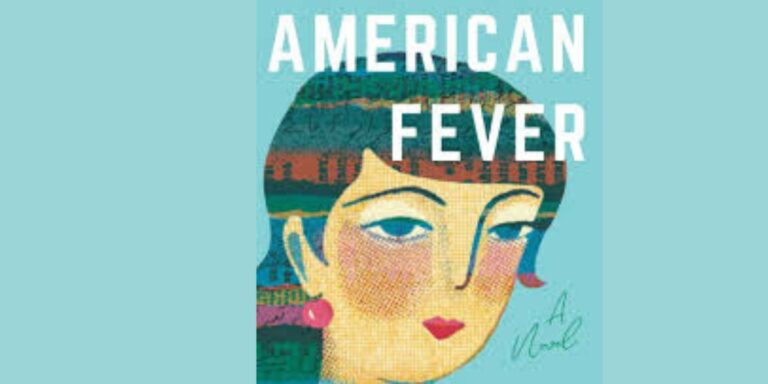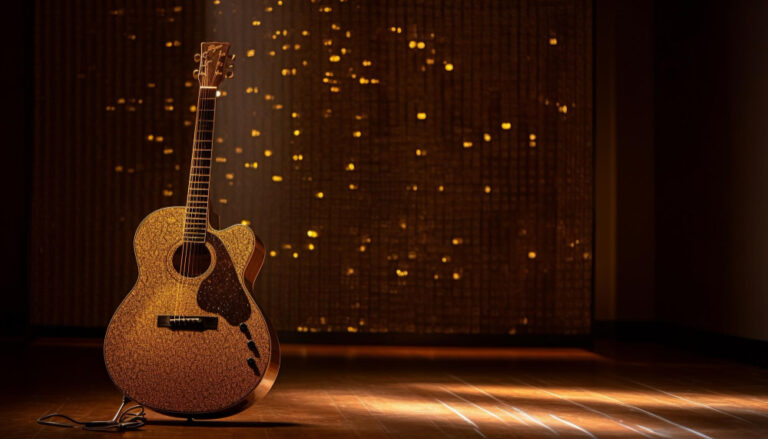Product Placement in Barbie
Introduction to Product Placement
Barbie has been a cultural icon for decades, captivating the hearts of children and adults alike. But there’s more to this beloved doll than just her stylish outfits and dream houses. Product placement plays a significant role in how Barbie connects with her audience and shapes brand perception. From trendy accessories to popular vehicles, these subtle integrations have transformed the way we see Barbie’s adventures.
In an ever-evolving market, understanding product placement offers insights into consumer behavior and marketing strategies. So let’s dive into the fascinating world of product placement in Barbie, exploring its history, impact, controversies, successful examples, and what lies ahead for our favorite fashionista.
History of Product Placement in Barbie
The history of product placement in Barbie dates back to the doll’s debut in 1959. Originally, Barbie was a standalone toy, but her world quickly expanded beyond just playtime.
In the 1980s, Mattel cleverly began incorporating real brands into Barbie’s universe. This strategy allowed children to interact with familiar products while fostering imaginative play.
Collaborations flourished through partnerships with fashion designers and iconic brands like McDonald’s and Nestlé. These alliances brought authenticity to Barbie’s lifestyle narrative.
By the early 2000s, product placement evolved further. Films featuring Barbie showcased various products that aligned with her character’s persona and aspirations.
As trends shifted towards digital platforms, content creators began weaving branded elements into online narratives. This adaptation kept Barbie relevant amid changing consumer preferences.
Through decades of strategic placements, Barbie transformed from a mere doll into a cultural icon interwoven with commercialism.
The Impact of Product Placement on Barbie’s Brand Image
Product placement has significantly shaped Barbie’s brand image over the years. By strategically integrating popular brands into her world, Barbie evolves beyond a mere doll. She becomes a reflection of contemporary culture and lifestyle.
This marketing strategy positions Barbie as aspirational, aligning her with beloved products that resonate with young audiences. For instance, collaborations with major fashion labels or tech companies enhance her appeal to both children and collectors alike.
Moreover, product placements create a narrative around the doll. They present opportunities for storytelling that captivate imaginations while reinforcing values like creativity and ambition.
However, this approach is not without its challenges. Some consumers perceive these partnerships as overly commercialized. Yet, when executed thoughtfully, they can enrich the brand’s identity and keep it relevant in an ever-changing marketplace.
Controversies Surrounding Product Placement in Barbie
Product placement in Barbie has sparked significant debate. Critics argue that it promotes consumerism among children. The presence of branded items can create a skewed perception of reality, where success is tied to ownership.
Some parents express concern over the influence these placements have on young minds. They worry that children may equate happiness with material possessions seen through their favorite doll’s world.
Moreover, specific collaborations have drawn ire for perpetuating stereotypes. For instance, partnerships highlighting fashion brands sometimes reinforce narrow beauty ideals.
On the flip side, supporters claim product placements introduce kids to real-world scenarios and careers. They argue that this connection helps foster creativity and imagination as children play.
This dynamic tension continues to shape discussions around Barbie’s brand strategy, influencing how future generations engage with both the doll and its surrounding culture.
Examples of Successful Product Placements in Barbie
Barbie has danced her way into numerous successful product placements that resonate with fans of all ages. One standout example is the collaboration with McDonald’s. The Happy Meal featured Barbie dolls, which thrilled young collectors while driving sales for the fast-food giant.
Another memorable partnership was with Dreamhouse, where the iconic toy brand showcased its expansive line through immersive playsets in popular media. This strategy not only highlighted product features but also enhanced storytelling.
Fashion brands have often sought to align themselves with Barbie’s glam image. For instance, Mattel partnered with brands like Moschino and Karl Lagerfeld, creating limited-edition dolls dressed in haute couture that appealed to fashion enthusiasts and collectors alike.
These partnerships demonstrate how strategic placements can elevate both Barbie’s allure and partner visibility while captivating audiences around shared interests. Each collaboration invites creativity and innovation into a beloved icon’s world.
The Future of Product Placement in Barbie
The future of product placement in Barbie looks bright and innovative. With advancements in technology, brands can create immersive experiences that resonate with younger audiences. Interactive elements may soon take center stage.
Augmented reality could become a game changer. Imagine kids using apps to explore virtual worlds where they can dress their Barbie in the latest fashion or style her home with real-life brand products. This level of engagement strengthens connections between consumers and brands.
Sustainability will also play a crucial role moving forward. As eco-consciousness grows, product placements are likely to reflect these values. Collaborations with sustainable brands could redefine what it means to be trendy while promoting responsible choices.
Moreover, partnerships might extend into digital realms like social media platforms and video games, reaching audiences wherever they spend their time online. The potential for creativity is limitless; it’s an exciting time for both Barbie and her brand partners.
Conclusion
Product placement in Barbie has played a transformative role, shaping perceptions and expanding the brand’s reach. It’s not just about toys; it connects with lifestyle aspirations.
As brands see value in associating with Barbie, creative collaborations will likely flourish. The future holds potential for innovative partnerships that resonate with contemporary audiences.
The dialogue around product placement will continue to evolve. Brands must navigate ethical considerations while maintaining authenticity.
The journey of Barbie is a testament to how effective marketing can weave into storytelling, creating more than just dolls but cultural icons that reflect society’s values and trends. Each partnership adds depth to her narrative and redefines what playtime means today.
FAQs
What is product placement?
Product placement refers to the practice of strategically placing branded products within various forms of media. This can include movies, television shows, and even digital content. The goal is to increase brand visibility and create a connection between the brand and its audience.
How has Barbie used product placement throughout its history?
Barbie has effectively utilized product placement since her debut in 1959. Over the years, she has appeared alongside numerous brands that align with her image, from fashion lines to tech gadgets. Each collaboration helps keep Barbie relevant in an ever-changing market.
What are some notable examples of successful product placements in Barbie media?
Some standout instances include partnerships with brands like McDonald’s for promotional toys or collaborations with high-end designers during special events. These placements not only boost sales but also enhance the aspirational aspect of the Barbie brand.
Has there been any backlash regarding product placements in Barbie?
Yes, there have been controversies surrounding certain placements that critics believe may compromise artistic integrity or overly commercialize children’s entertainment. Some parents feel uneasy about their children being exposed to targeted marketing disguised as fun playtime moments.
Will we see more innovative approaches to product placement in future Barbie projects?
Absolutely! As technology evolves, so will strategies for integrating products into narratives seamlessly. Brands are likely to explore interactive experiences through augmented reality or social media tie-ins featuring beloved characters like Barbie.
Is there any evidence that product placements affect consumer behavior regarding Barbies?
Research suggests that effective product placements can significantly influence purchasing decisions by creating positive associations with brands featured alongside characters children admire—like our iconic doll herself!







